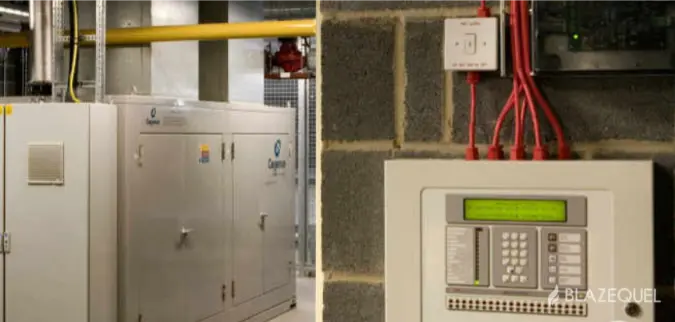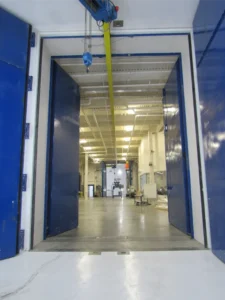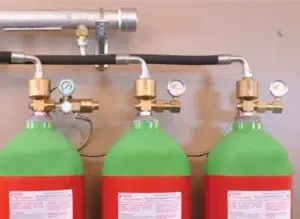
Make sure you have the best form of automatic fire detection on your fire alarm
The effectiveness of your fire alarm system depends on having the most suitable form of automatic fire detection for your specific environment. If you inherited the system when moving into



